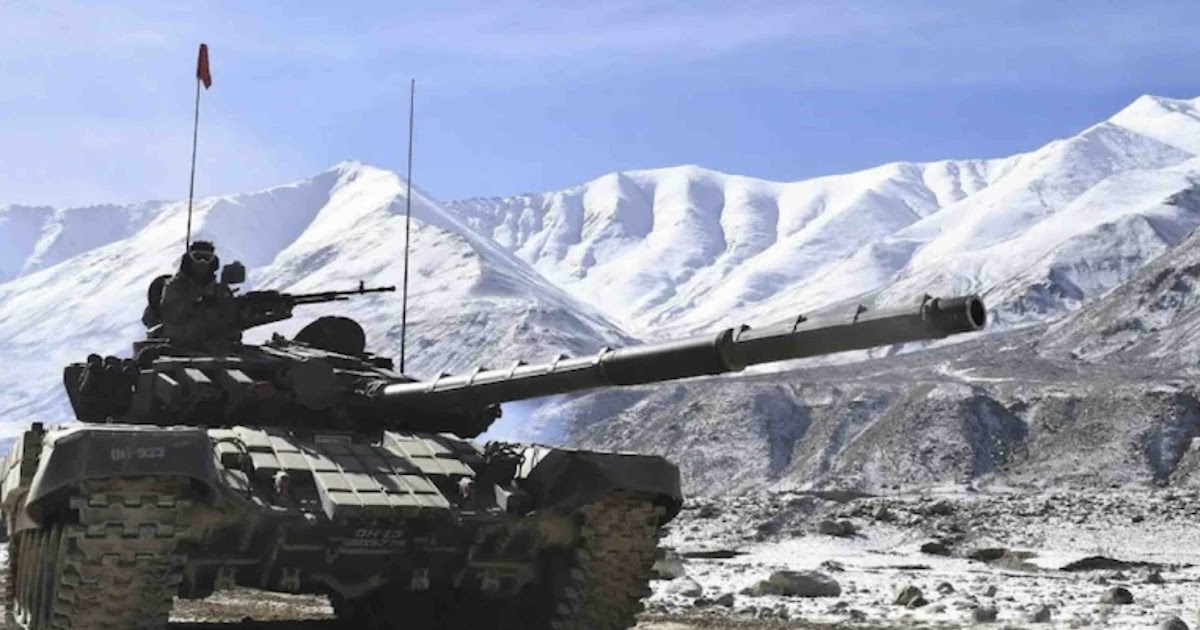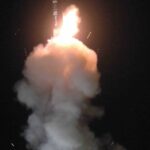
As a percentage of overall government spending, defence spending has fallen in five years from 17.43% to 13%
By Vikas Gupta
Business Standard, 25th July 24
With capital procurement of defence equipment now slated to be carried out on a tri-service basis, rather than by individual services, the ministry of defence (MoD) has begun presenting the defence capital budget in a new format.
Instead of grouping the three services – army, navy and Indian Air Force (IAF) – for acquiring the same item, equipment will be grouped item-by-item in the budget, encouraging combined acquisitions for greater efficiency and cost effectiveness.
For example, in the purchase of Apache AH-64E attack helicopters, the IAF procured its requirement of 22 Apaches from The Boeing Company separately. Meanwhile the army is negotiating separately with Boeing for its requirement of six Apaches.
There are buyers’ advantages to be obtained in combining acquisitions.
For instance, all three services are acquiring MQ-9B Predator drones. Negotiating as a bloc with the manufacturer, General Atomics, would likely result in a lower price.
Consequently, Demand No.21, pertaining to the “Capital Outlay on Defence Services”, no longer gives out separate acquisition figures for individual services. Instead, the entire Predator requirement for the army, navy and IAF would be addressed as an integrated whole.
This approach makes it difficult to calculate and compare the distribution of capital funding between the three services.
For the year 2023-24, it is evident that the army was allocated 23 per cent of the defence capital budget, the allocation to the navy was 36 per cent, while the IAF got 41 per cent.
However, it is important to note that the shares of the three services fluctuate substantially.
Over the past decade, the army’s share has varied between 37 and 19.5 per cent; the navy’s between 24.5 and 37 per cent, while the IAF’s share has been between 33 and 48 per cent.

Inexplicably, the capital requirements projected by the three services do not find mention in the Union Budget. As a result, shortfalls in defence capital expenditure (capex) allocations become apparent only through the reports of the Parliamentary Committee on Defence.
The 37th Report of the 17th Lok Sabha’s Standing Committee on Defence reveals that in FY 2018-19, the Ministry of Finance allocated just 52 per cent of the services’ capex projection.
The degree of fulfilment of the military’s capex demands increased year-by-year to 59 per cent, 63 per cent, 61 per cent and then to 68 per cent.
Unusually, the 2023-24 budget saw the allocation of 100 per cent of the services’ capex projections. The new Standing Committee is still to issue a report for the current year.
Defence allocations
The priority given by the government to defence readiness is evident from the annual funds allocated to the military in the Union Budget each year. (see graphic)
Over the five years from 2018-19 to the present day, the annual defence allocation has risen by 54 per cent – barely sufficient to cover inflation and foreign exchange rate variations (FERV).
As a percentage of the annual expenditure of the government, defence spending has fallen appreciably from 17.43 per cent to 13 per cent.
When evaluated as a percentage of Gross Domestic Product (GDP), annual defence spending has fallen from 2.13 per cent of GDP five years ago, to 1.9 per cent today.
For context, North Atlantic Treaty Organisation (NATO) member countries are required by the terms of the treaty to spend more than 2 per cent of their GDP on national defence.
A Defence News of India analysis of defence capital allocations during the preceding decade reveals that capex has risen by barely 5 per cent annually in real terms. This rise is further eroded when accounting for inflation and FERV.
This 5 per cent rise in the military’s modernisation budget lags behind GDP growth, which has risen by 6-8 per cent annually during the same period.
(Part 2: The rising cost of personnel)






